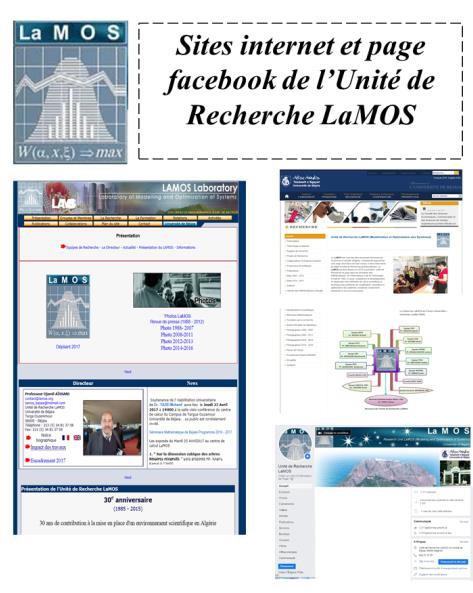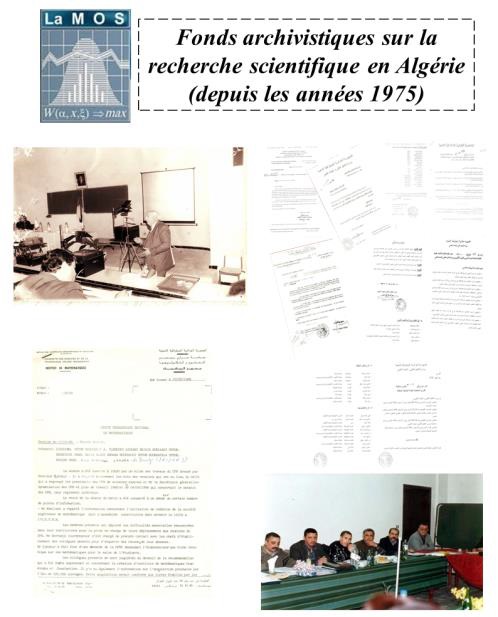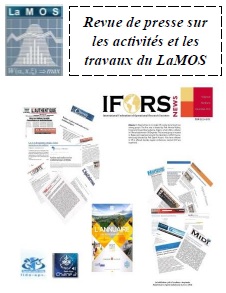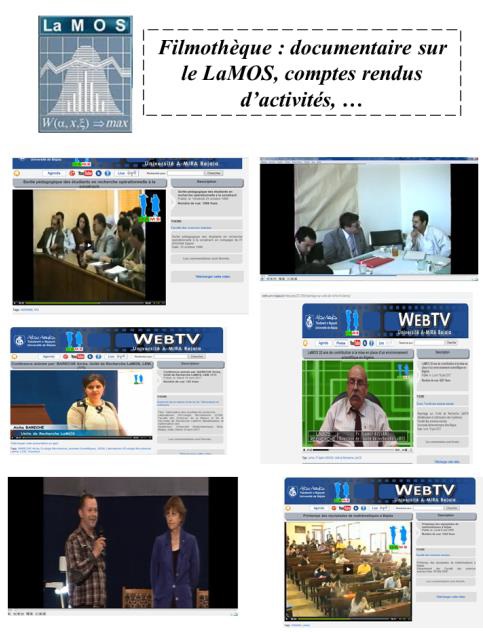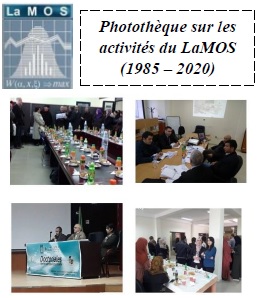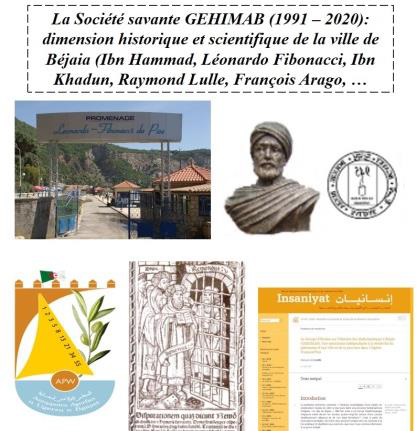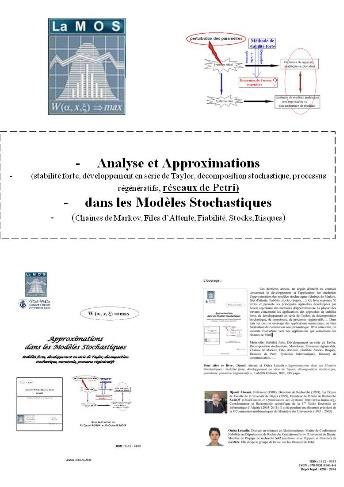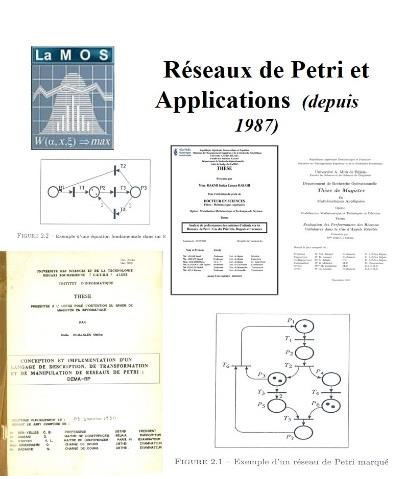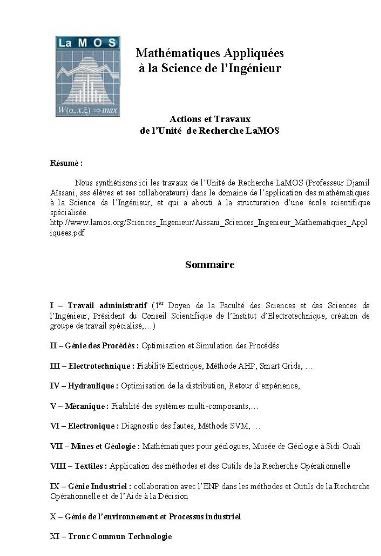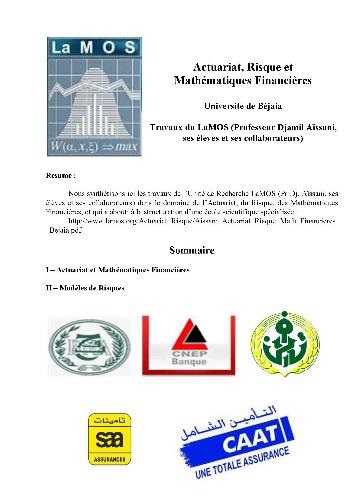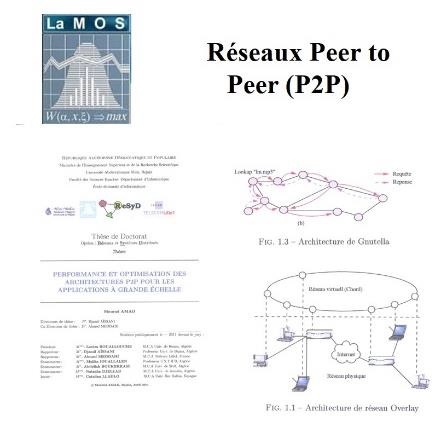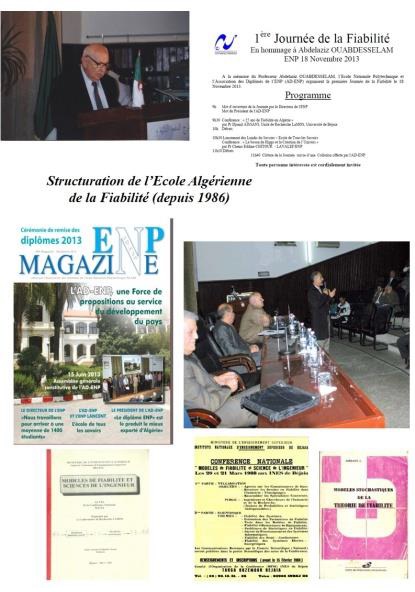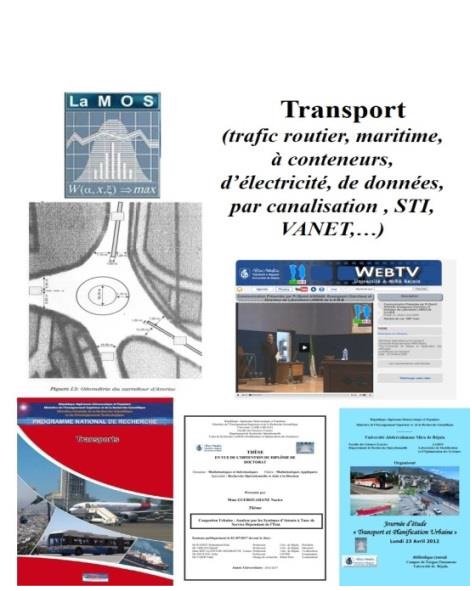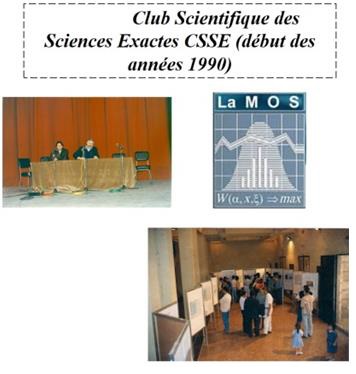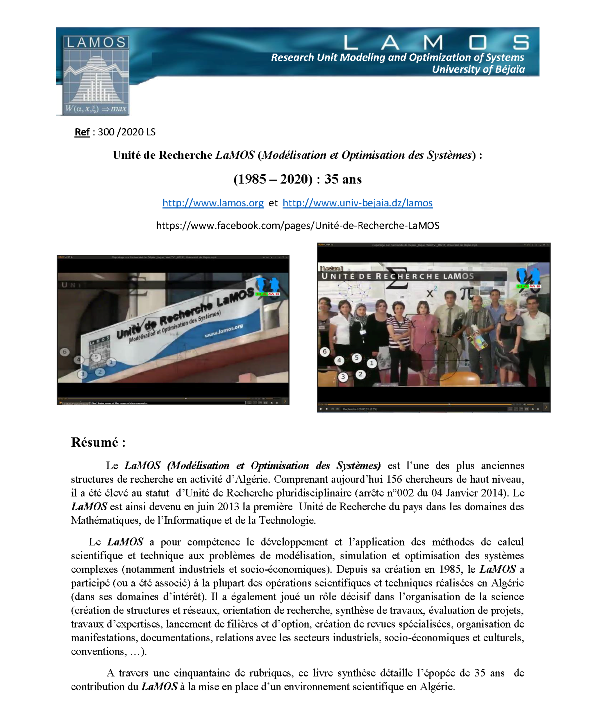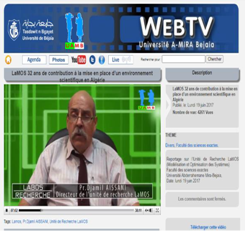Le LaMOS (Modélisation et Optimisation des Systèmes) est l’une des plus anciennes structures de recherche en activité d’Algérie. Comprenant aujourd’hui 156 chercheurs de haut niveau, il a été élevé au statut d’Unité de Recherche pluridisciplinaire (arrête n°002 du 04 Janvier 2014). Le LaMOS est ainsi devenu en juin 2013 la première Unité de Recherche du pays dans les domaines des Mathématiques, de l’Informatique et de la Technologie.
Le LaMOS a pour compétence le développement et l’application des méthodes de calcul scientifique et technique aux problèmes de modélisation, simulation et optimisation des systèmes complexes (notamment industriels et socio-économiques). Depuis sa création en 1985, le LaMOS a participé (ou a été associé) à la plupart des opérations scientifiques et techniques réalisées en Algérie (dans ses domaines d’intérêt). Il a également joué un rôle décisif dans l’organisation de la science (création de structures et réseaux, orientation de recherche, synthèse de travaux, évaluation de projets, travaux d’expertises, lancement de filières et d’option, création de revues spécialisées, organisation de manifestations, documentations, relations avec les secteurs industriels, socio-économiques et culturels, conventions, …).
A travers une cinquantaine de rubriques, ce livre synthèse détaille l’épopée de 35 ans de contribution du LaMOS à la mise en place d’un environnement scientifique en Algérie.
Table des matières (53 rubriques - paragraphes)
35ème anniversaire de la fondation du LaMOS ( 1985- 2020 ) |
|
|
|
|
|
Blog_LaMOS_Bejaia_Table_des_Matières_2020_Aissani illustrations |
|
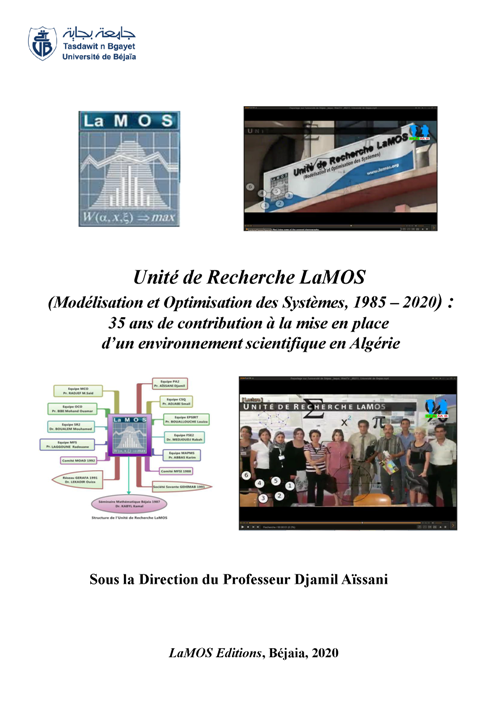 |
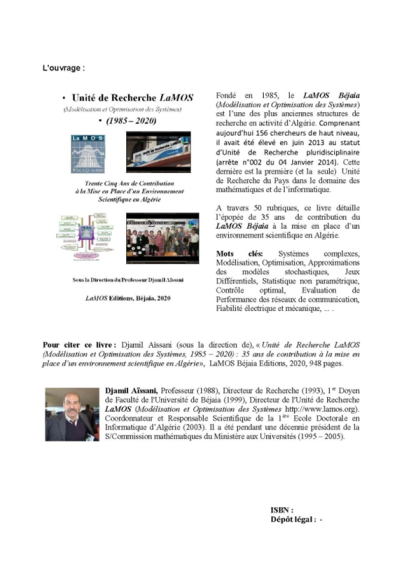 |
|
|
|
|
Film documentaire de 38 minutes, Web TV de l’Université Production, 2017 |
|
Sous-catégories
Joomla!
Extensions
The Joomla! content management system lets you create webpages of various types using extensions. There are 5 basic types of extensions: components, modules, templates, languages, and plugins. Your website includes the extensions you need to create a basic website in English, but thousands of additional extensions of all types are available. The Joomla! Extensions Directory is the largest directory of Joomla extensions.
Components
Components are larger extensions that produce the major content for your site. Each component has one or more "views" that control how content is displayed. In the Joomla administrator there are additional extensions such as Menus, Redirection, and the extension managers.
Modules
Modules are small blocks of content that can be displayed in positions on a web page. The menus on this site are displayed in modules. The core of Joomla! includes 24 separate modules ranging from login to search to random images. Each module has a name that starts mod_ but when it displays it has a title. In the descriptions in this section, the titles are the same as the names.
Content Modules
Content modules display article and other information from the content component.
User Modules
User modules interact with the user system, allowing users to login, show who is logged-in, and showing the most recently registered users.
Display Modules
These modules display information from components other than content and user. These include weblinks, news feeds and the media manager.
Utility Modules
Utility modules provide useful functionality such as search, syndication and statistics.
Navigation Modules
Navigation modules help your visitors move through your site and find what they need.
Menus provide your site with structure and help your visitors navigate your site. Although they are all based on the same menu module, the variety of ways menus are used in the sample data show how flexible this module is.
A menu can range from extremely simple (for example the top menu or the menu for the Australian Parks sample site) to extremely complex (for example the About Joomla! menu with its many levels). They can also be used for other types of presentation such as the site map linked from the "This Site" menu.
Breadcrumbs provide users with information about where they are in a site.
Park Site
Park Blog
Here is where I will blog all about the parks of Australia.
You can make a blog on your website by creating a category to write your blog posts in (this one is called Park Blog). Each blog post will be an article in that category. If you make a category blog menu link with 1 column it will look like this page, if you display the category description then this part is displayed.
To enhance your blog you may want to add extensions for comments, interacting with social network sites, tagging, and keeping in contact with your readers. You can also enable the syndication that is included in Joomla (in the Integration Options set Show Feed Link to Show and make sure to display the syndication module on the page).
Photo Gallery
These are my photos from parks I have visited (I didn't take them, they are all from Wikimedia Commons).
This shows you how to make a simple image gallery using articles in com_content.
In each article put a thumbnail image before a "readmore" and the full size image after it. Set the article to Show Intro Text: Hide.
Fruit Shop Site
Growers
We search the whole countryside for the best fruit growers.
You can let each supplier have a page that he or she can edit. To see this in action you will need to create a user who is in the suppliers group.
Create one page in the growers category for that user and make that supplier the author of the page. That user will be able to edit his or her page.
This illustrates the use of the Edit Own permission.
|
Liens Utiles - Université Abderrahmane Mira - Bejaia - Ministère de l'Enseignement Supérieur et de la - Direction Générale de la Recherche Scientifique |
Contact Adresse: Unité de Recherche LaMOS, Bloc "Bureaux des Enseignants", 1ére étage, Campus Targua Ouzamour, Université de Bejaia, 06000 (Algérie) |
Nous suivre sur: |
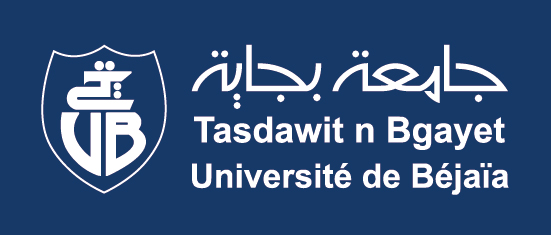 |


